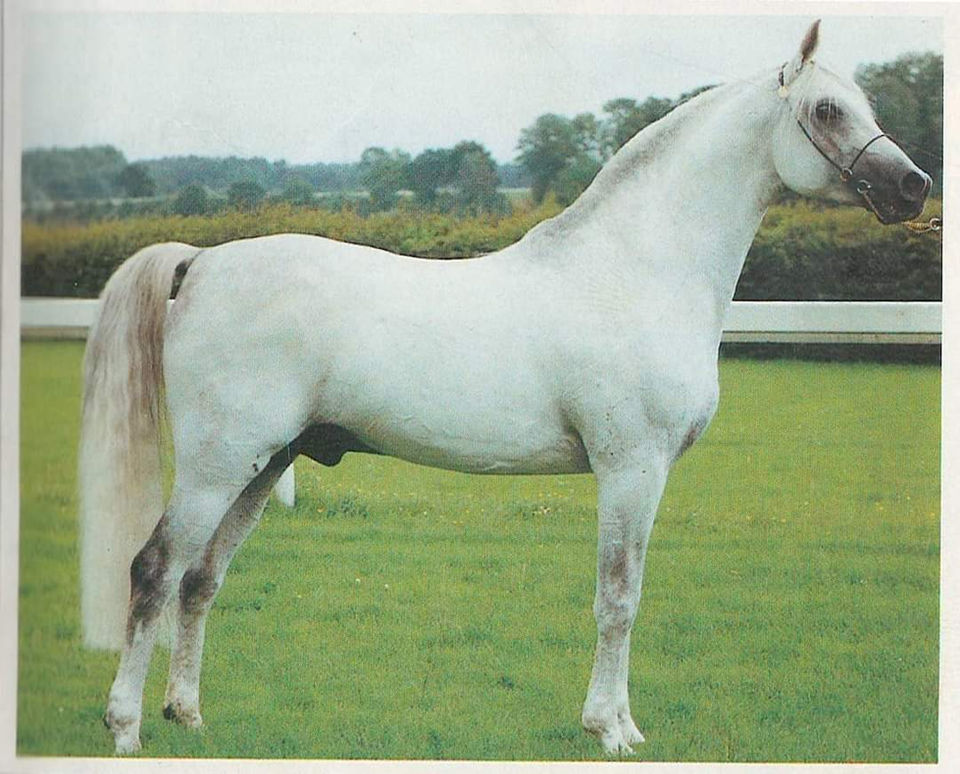AXIBEL aRABIANs
since 1987
What makes the straight Egyptian Arabian horses special?
The straight Egyptian Arabian is still the original Arabian horse. The straight Egyptian Arabians are the largest remaining breeding group of asil Arabians, which means that they can be authenticated to trace in all lines to the desert and the Bedouin tribes of desert Arabia. Today, the Egyptian Arabian horse is a recognized cultural heritage of Egypt and their legacy from the Arabian desert. The EAO, the Egyptian state stud, is recognized as the purest source of Arabian blood worldwide.
The Egyptian nobility were not only well connected with the bedouin tribes to acquire the best horses, they had a long tradition of racing them on the tracks in Alexandria and Cairo after ridgid inspection determining their purity.
The modern history of the Egyptian Arabian begins in the 19th century with Mohamed Ali Pasha, during the time Egypt was a province of the Turkish Empire. Mohamed Ali bore a passion for collecting the most superior desert-bred horses from the Bedouin tribes in Arabia. He built palatial stables and used every means to collect the best. After conquering Nejd, Mohamed Ali demanded Saud's most priceless desert-bred mares as terms of a peace treaty with the first Saudi state.
Inheriting his herd, was his grandson, Abbas Pasha. He went to great length to prove the purity of each animal. He had also built an impressive herd of his own, primarily with desert-bred horses of the Bedouins. Like his father before him, he used political maneuvers and favors to add to his outstanding herd. The freeing of Feysul Ibn Saud was repaid with 290 desert-bred mares and a fine collection of stallions.
Abbas Pasha was assassinated in 1854 and his fabled stud was disbanded and his horses scattered. Some horses were added to European collections; others remained in Egypt with Ali Pasha Sherif, a relative with a passion for the finest of desert-bred horses. With the dispersal of his magnificent stud, the horses moved into many hands, among them those of Lady Anne Blunt, whose journeys in search of desert horses are legendary.
In the late 19th and early 20th centuries, the Egyptian royalty not only had a long tradition of collecting the finest desert horses in Arabia and had established relations not only with traders but with several of the horse breeding bedouin tribes themselves. Horse racing became immensly popular. Alexandria and Cairo became important places for American, European and North-African breeders to purchase the very best desertbred Arabian horses.
In 1908 the Royal Agricultural Society (R.A.S.) was formed alongside the private studfarms to assure the preservation of what was considered a national treasure. In 1952, following the overthrow of King Farouk, a few notable horses of Inshass Stud (the Royal Stables of King Farouk) were brought into the R.A.S., which was renamed the Egyptian Agricultural Organization (E.A.O.).
Although they are not necessarily better performers than the pure bred Arabians, the asil Arabian remains an important source to renew the characteristics of the original Arabian. The Russian state stud Tersk, the Hungarian state stud Babolna and the Polish state studs Janow and Michalow are for instance known for their use of asil Egyptian Arabian stallions to breed their mares. The straight Egyptian Arabian horses are prized for the extreme toughness, speed and beauty of their desert-bred ancestors, which is unsurpassed in today's equine world.
























